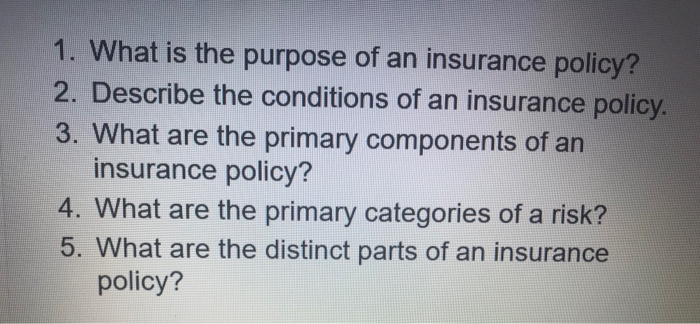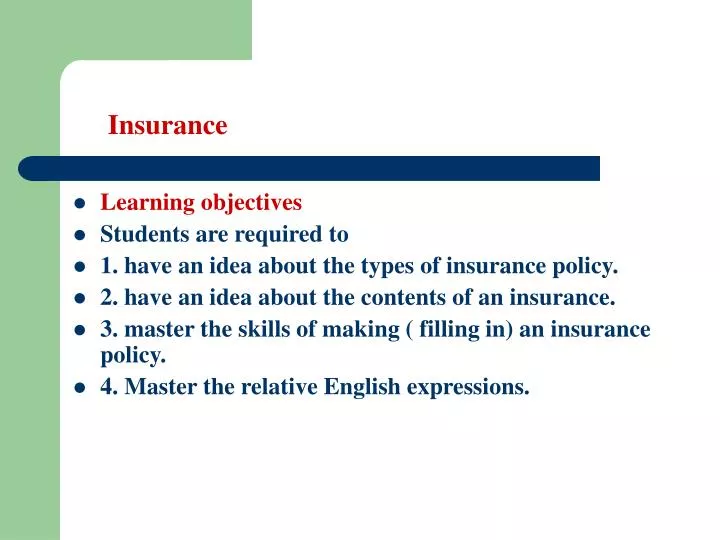The Ultimate Guide To Pacific Prime
The Ultimate Guide To Pacific Prime
Blog Article
The Definitive Guide for Pacific Prime
Table of ContentsThe 20-Second Trick For Pacific PrimeOur Pacific Prime IdeasThe Best Guide To Pacific PrimeRumored Buzz on Pacific Prime
In the majority of states, the insurance provider is required to send you a copy of the modifications to your plan. It is necessary that you read Recommendations or Cyclists so you recognize how your policy has transformed and if the plan is still appropriate to satisfy your demands. To get a copy of your insurance plan, please call your insurance policy agent or business.
The Institute of Medicine (IOM) Committee on the Consequences of Uninsurance launches a prolonged assessment of evidence that addresses the value of medical insurance protection with the publication of this record. Insurance coverage Matters is the initial in a series of six records that will be released over the next two years recording the fact and effects of having an approximated 40 million people in the United States without medical insurance coverage.

Fascination About Pacific Prime
The objective of this collection of research studies is to refocus plan interest on a longstanding trouble. Following the longest financial expansion in American history, in 1999, an estimated one out of every six Americans32 million adults under the age of 65 and more than 10 million childrenremains uninsured (Mills, 2000).

Ten percent of the populace accounts for 70 percent of healthcare expenditures, a relationship that has continued to be constant over the past 3 years (Berk and Monheit, 2001) - maternity insurance for expats. Hence health and wellness insurance proceeds to offer the feature of spreading risk even as it significantly finances regular care. From the perspective of healthcare carriers, insurance policy brought by their individuals aids protect an earnings stream, and neighborhoods take advantage of financially feasible and secure healthcare professionals and establishments
Government provides health and wellness insurance to populations whom the exclusive market may not offer successfully, such as handicapped and elderly persons, and populaces whose access to healthcare is socially valued, such as youngsters and expecting women. The best ends of health and wellness insurance policy coverage for the private and areas, consisting of workplace neighborhoods of employees and companies, are boosted wellness outcomes and high quality of life.
All About Pacific Prime
Workers rate wellness insurance coverage first without a doubt in significance among all the advantages offered in the workplace (Salisbury, 2001). Although there have actually been large investments of individual and public funds to give medical insurance, lots of people still have no insurance coverage. Despite comprehensive reporting of survey findings and health and wellness treatment research study results, the general public remains overwhelmed and misinformed regarding Americans without medical insurance and the effects of doing not have coverage.

Without doubt, the intricacy of American healthcare funding systems and the wide range of resources of info contribute to the public's complication and suspicion regarding medical insurance data and their analysis. This report and those that will follow goal to boil down and present in easily easy to understand terms the extensive research study that births on concerns of medical insurance protection and its relevance.
Fifty-seven percent of Americans surveyed in 1999 thought that those without medical insurance are "able to obtain the treatment they need from medical professionals and health centers" (Blendon et al., 1999, p. 207). In 1993, when national interest was concentrated on the issues of the uninsured and on pending health and wellness care regulations, simply 43 percent of those surveyed held this belief (Blendon et al., 1999).

They likewise receive less precautionary solutions and are less most likely to have normal look after chronic problems such as hypertension and diabetes. Chronic conditions can lead to costly and disabling complications if they are not well taken care of (Lurie et al., 1984; Lurie et al., 1986; Ayanian et al., 2000). One nationwide study asked more than 3,400 adults regarding 15 highly severe or morbid problems.
The Buzz on Pacific Prime
Extra evidence is offered later on in this phase in the discussion of insurance and access to healthcare. https://myanimelist.net/profile/pacificpr1me. People without medical insurance are young and healthy and balanced and choose to do without insurance coverage. Nearly half (43 percent) of those checked in 2000 thought that individuals without health insurance coverage are more probable to have illness than people with insurance coverage
Citizens and plan manufacturers in focus team conversations identify those without insurance policy as youngsters that have the chance to be covered and feel they do not need it (Porter Novelli, 2001). Contrasted to those with at the very least some personal coverage, the without insurance are less most likely to report being in outstanding or excellent health (Company for Health Care Research and High Quality, 2001).
RESOURCE: Facility for Cost and Financing Research Studies, Company for Healthcare Research and High quality, based upon MEPS information. Youthful grownups between 19 and 34 are much more most likely to do not have medical insurance than any kind of various other age group. This is chiefly since they are much less home usually eligible for employment-based insurance policy because of the nature of their work or their brief period in it.
The assumption that individuals without insurance have better-than-average wellness follows from confusing the relatively young age profile of the uninsured with the better health, on average, of younger persons. This obscures the web link in between wellness standing and medical insurance. For those without accessibility to work environment health and wellness insurance coverage, bad health is a possible barrier to purchasing nongroup coverage due to the fact that such protection might be highly valued, leave out preexisting problems, or be merely not available.
Report this page